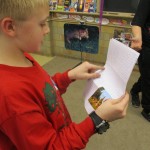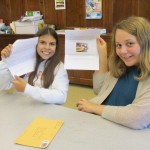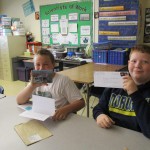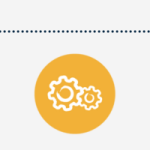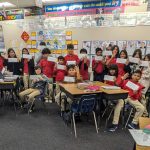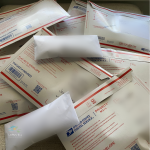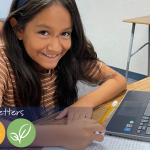We’re excited to highlight another of our LPS teachers – Marcy Burns, who teaches 5th grade science in Ohio. She and her students are involved in taking what they learn in the classroom and applying it to global scientific questions (how cool!) Here, she describes their experiences, and how their pen pals have helped to enhance their understanding of the world.
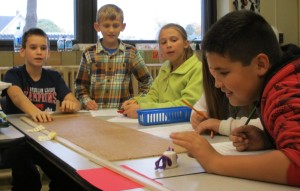 My name is Marcy Burns. I am a fifth-grade science teacher at Main Street Intermediate School in Norwalk, Ohio. Norwalk has a population of about 16,000 and is located halfway between Cleveland and Toledo. Main Street is part of the local public school system that serves a wide variety of students.
My name is Marcy Burns. I am a fifth-grade science teacher at Main Street Intermediate School in Norwalk, Ohio. Norwalk has a population of about 16,000 and is located halfway between Cleveland and Toledo. Main Street is part of the local public school system that serves a wide variety of students.
Since we live just twenty minutes south of Lake Erie, I believe that it is important for my students to understand our relationship with the lake. Each day my students record surface temperature, precipitation, and cloud cover data on our playground and submit it to the international GLOBE database. We are able to compare our data with data collected by other students around the world. This allows us to see the effect the lake has on our climate. We also study how our actions, particularly our use of plastics, can affect the lake and its watershed.
 My favorite part of the year is packing up science equipment and walking to a nearby park to do our annual creek observation study. We collect data on water temperature and chemistry. We also sample and classify macro invertebrates to assess water quality. This year was particularly exciting because we found a zebra mussel. Zebra mussels are an invasive species from Russia that has been plaguing the Great Lakes since the 1980s. We reported it to the Department of Natural Resources and learned that this was the first one ever found in our area!
My favorite part of the year is packing up science equipment and walking to a nearby park to do our annual creek observation study. We collect data on water temperature and chemistry. We also sample and classify macro invertebrates to assess water quality. This year was particularly exciting because we found a zebra mussel. Zebra mussels are an invasive species from Russia that has been plaguing the Great Lakes since the 1980s. We reported it to the Department of Natural Resources and learned that this was the first one ever found in our area!
My most curious, driven students do independent inquiry projects motivated by our classroom learning and climate data collection. Four sixth graders who were in my class last year did projects with me this year as well. This year’s work included comparing our cloud data to the data satellites see, looking at air temperature in El Nino years and non-El Nino years in Ohio, Arizona, Europe, and Alaska, and investigating soil properties to see why grass won’t grow on our playground. My students have many opportunities to present their projects. They present to their peers and parents at the school science fair. We also travel to Toledo for a regional SATELLITES conference where we present alongside other student researchers from elementary school up through college. One group submitted their project to the international GLOBE virtual conference to be viewed by students and scientists all over the world. I enjoy seeing the hard work my students put into these projects and the pride they feel when they present.
Participating in Letters to a Pre-Scientist has further enriched my students’ connection to science. They love sharing their letters with each other and discussing what they have in common with their scientists. They have found it interesting that the passions they currently have, such as an interest in a particular animal, can lead to a science career. As a teacher, the most exciting part of LPS has been listening to the students talk informally with each other about what their scientists do. When we were discussing water pollution one of my students talked about how her NOAA scientist pen pal works with the marine debris program. On another occasion, we were working on a group activity about NASA satellite missions. Someone described how NASA was not the only organization to use satellites. His scientist pen pal had traveled to Brazil to launch a satellite for his research. Students then wondered what other types of science satellites there are.
I strive to develop young scientists in my classroom. Letters to a Pre-Scientist helps them to see the broad, global scientific community they are joining.

